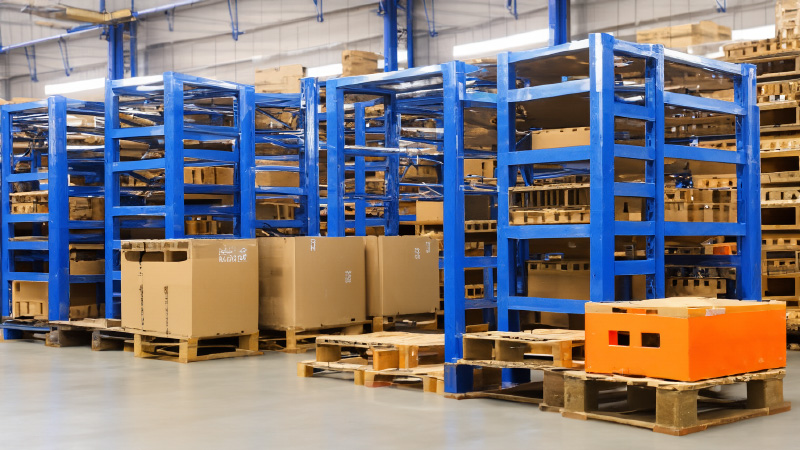by Rueben Marley, for TopTenWholesale.com
Starting up a retail business that makes healthy profits can certainly be a challenge, but the highly popular ultimate entrepreneurial dream of starting a new retail business can easily become a reality, if you have the right help. It may actually take a lot of work in the beginning as you start your own business, but with the right kind of planning anyone can make their dreams become reality. Here are some steps that will make it a lot easier, especially if you’re curious about what wholesale is all about. In addition, you might find some helpful hints that could kick-start your business the best way, if you’ve been looking for ideas about what kinds of businesses are hot right now!
Many people believe that starting your own business is an act that is doomed from the start to be a difficult, expensive, and painful process. Nothing could be further from the truth, in fact. While there are some business models that require expertise and other solid assets to even consider getting them off the ground, the good news is that many other businesses require very little to initiate, and hardly anything miraculous to perpetuate. Here then, are ten things you can do to get the ball rolling:
First of all, it’s a good idea to make a choice about what kind of legal structure you’d like your company to take shape after. While you’ll most likely not be launching a multinational company (MNC) in the first try, there are still a lot of variables to consider right from the start. Making the right choice about what kind of company you’ve got might be as simple as knowing how many states you want to sell in, or if you want to go overseas with your operation. You can also avoid problems later by avoiding major re-writes of your company’s plan later on down the road.
Now is the time to think about the name of the company, and what sort of logos or marks will be used to identify it. With so many companies out there, it’s often best to produce something eye-catching and effective, but equally important to keep it simple. Remember that not everyone’s computer screen or fax machine presents the information in the same way, so limiting the fancy graphics to anything that reproduces cleanly in black and white would be perfect. Going legit is all about getting a Federal Tax Identification Number, which is also known as an Employer Identification Number (EIN) in some circles. This will establish your business as a legal and legitimate one, which makes things easier at the end of a project or upon signing a new client, because it means getting paid won’t need to be done under the table.
Writing a business plan sounds painful and boring – and it can be – but it’s a necessary step in drafting up the framework for your company. In addition, it will come in handy if you’re looking for funding for a project, or needing the support of a lending partner to give the first push in the right direction. Most banks require at least a basic business plan, and you might want to check with the local Small Business Association or even the banks themselves for guidelines that fit most formats. Also make sure you’ve become familiar with local laws, and others that will come into play during every stage of your business transactions. This applies to not only what is coming out, but to what’s going in as well. Money exchanging hands, freight being transported, and zoning rules and restrictions will all be important at some stage in the game.
Location is key, and once you’ve made the choice regarding legal parameters, it’s time to find the base for your daily operations. Online stores have the advantage here; with dropshipping becoming the norm rather than the exception, there are a lot more options available for those who want to stay flexible with their address, to some degree. Now that your company is an actual company, it’s time to commit fully to the product line for sale. If there’s a mix of goods that need to be sourced from different locations, it may even be a good idea to find the suppliers who offer safe and simple sourcing at low prices, with reasonable minimum orders to get things underway.
Here’s the part that can make or break your ideas right from the start: finding a wholesaler to supply the goods you sell. This is the most important part, because it determines if you are going to be paying too much for your products, or if you are going to get a fair price that not only makes you some money, but allows you to be competitive by passing the savings on to your customers. Prepare for the best, and the worst. While the basics of running your shop will not bring any major troubles, it’s a good idea to have a system in place that will address challenges as they come up.
Does your store have a return policy? What about damaged goods that arrive to your customers looking very different from how they looked when they left your hands? Many of these issues won’t even be your fault, but the fact is that your customers expect you to be the one with solutions, not excuses. Make sure the policies are in place, and everything will be fine. Finally, it’s time to advertise! Getting the word out about the new range of products and services will be a never-ending task, but with the right help from friends in the industry, you will see profits start rolling in as customers make your business part of their routines.








